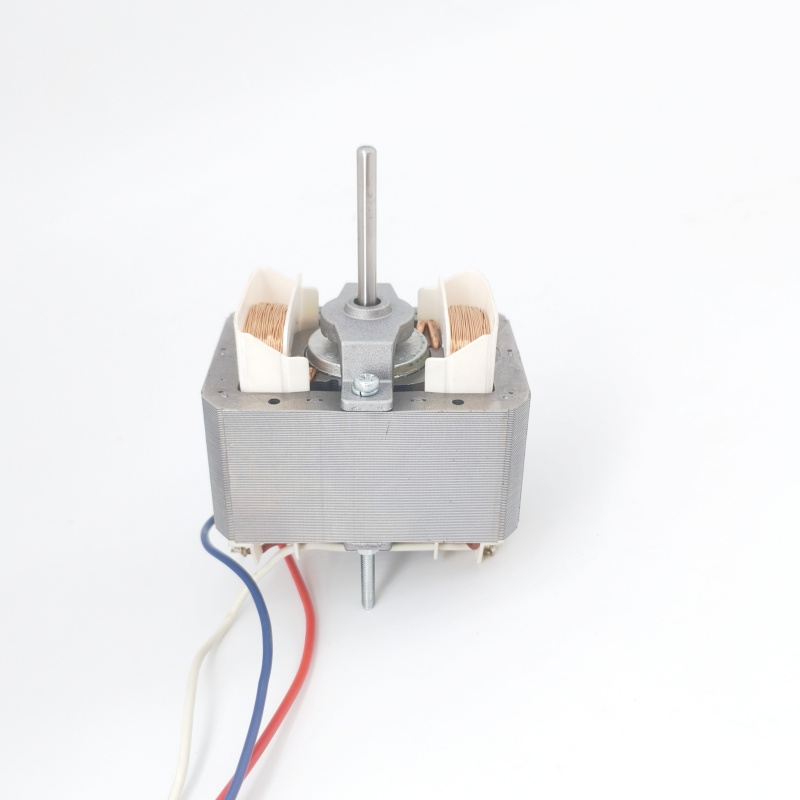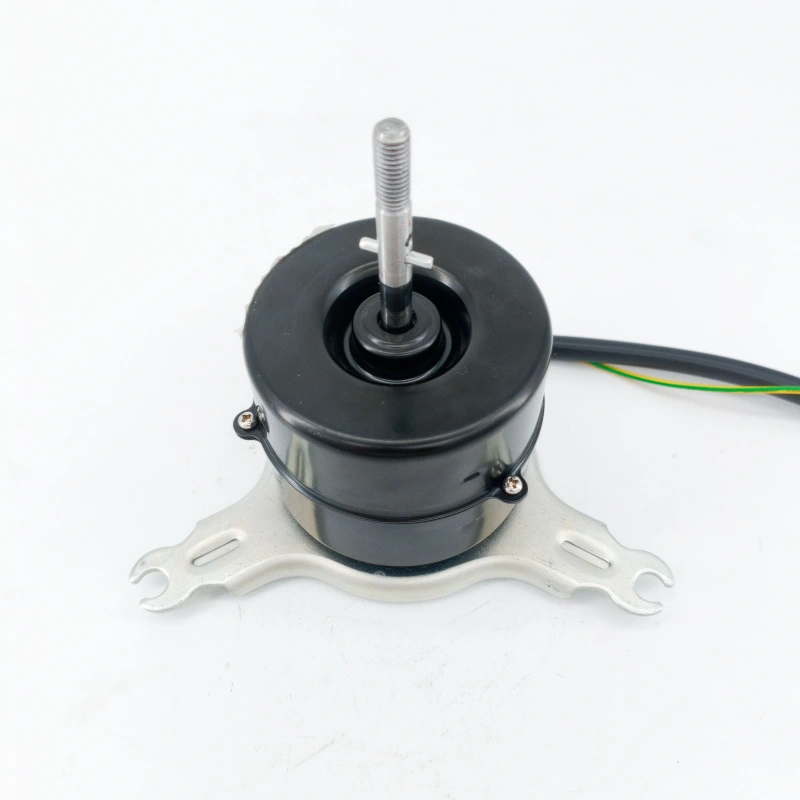1. Clarify Core Needs: Determine Priorities First, Then Discuss Balance
The core function of a range hood is “efficient smoke extraction”. The selection of parameters should be sorted around usage scenarios: smoke extraction effect (airflow + static pressure) is the foundation, and noise control is an experience upgrade. The essence of balancing the three is to “optimize secondary indicators on the premise of meeting core needs”.
- Airflow: The “Basic Threshold” for Smoke Extraction Efficiency
Airflow refers to the volume of smoke exhausted by the range hood per unit time (unit: m³/min), which directly determines the speed of oil fume absorption. In household scenarios, larger airflow is not necessarily better; it needs to match the kitchen area and cooking habits:
-
- For small-sized kitchens (≤8㎡) or daily light cooking (mainly steaming and boiling): Choosing an airflow of 15-18m³/min is sufficient, which can not only meet the smoke extraction needs but also control noise and energy consumption;
-
- For medium to large-sized kitchens (>8㎡) or high-frequency stir-frying (Sichuan cuisine, Hunan cuisine, etc.): It is recommended to choose an airflow of 19-22m³/min. Strong suction can quickly capture the rising oil fume and prevent it from spreading to the living room or bedroom;
-
- Note: When the airflow exceeds 22m³/min, the improvement in smoke extraction efficiency is limited, but the noise and power consumption will increase significantly. There is no need to blindly pursue it unless there are special needs.
- Static Pressure: The “Key Guarantee” for High-Rise Buildings/Public Flues
Static pressure is the ability of the range hood to overcome the resistance of the flue (unit: Pa), whose core function is to prevent oil fume backflow, especially suitable for residents in high-rise buildings or old communities. The balance logic is as follows:
-
- For low-rise residents (floors 1-10): The pressure in the public flue is relatively low, so choosing a static pressure of 300-350Pa can meet the needs;
-
- For medium to high-rise residents (floors 11 and above): The flue is congested during peak hours, so a high-static-pressure model with a static pressure of more than 380Pa is required to ensure the smooth discharge of oil fume and avoid kitchen odors caused by backflow;
-
- Special case: If the kitchen is far from the public flue (more than 3 meters) or the flue has many bends, it is recommended to increase the static pressure by 50-100Pa on the basis of the basic static pressure to make up for the resistance loss.
- Noise: The “Bottom Line Requirement” for a Comfortable Experience
Noise mainly comes from the operation of the motor and the cutting of air by the wind wheel (unit: dB). The national standard stipulates that the noise of range hoods should be ≤74dB, and high-quality models can control it below 55dB (equivalent to the volume of daily conversation). Balance techniques:
-
- Prioritize DC inverter motors: Compared with AC motors, the noise can be reduced by 3-5dB, and the speed adjustment is smoother, which can automatically adapt to the airflow according to the amount of oil fume;
-
- Pay attention to “mute design”: Models with built-in sound-absorbing cotton and optimized wind wheel structure have better noise performance under the same airflow and static pressure;
-
- Avoid “extreme trade-offs”: If there are elderly people or children in the family, the noise should be controlled below 58dB. At this time, the airflow can be appropriately reduced (e.g., from 22m³/min to 20m³/min) in exchange for a quieter user experience.
2. Practical Selection: Optimal Matching for Three Typical Scenarios
- High-Rise Families with Frequent Stir-Frying (Core Needs: Prevent Backflow + Strong Smoke Extraction)
Recommended Parameters: Airflow 20-22m³/min + Static Pressure 400-450Pa + Noise ≤58dB
Reason: Strong suction quickly captures the oil fume from stir-frying, high static pressure breaks through the flue resistance, and the DC inverter motor controls noise. It is suitable for families above the 15th floor who often cook with stir-frying.
- Small-Sized Kitchens with Light Cooking (Core Needs: Quiet + Energy-Saving)
Recommended Parameters: Airflow 15-17m³/min + Static Pressure 300-320Pa + Noise ≤55dB
Reason: It meets the smoke extraction needs of daily steaming, boiling, and light stir-frying. The low airflow is matched with a mute motor, which hardly affects the family’s rest during operation and has lower energy consumption.
- Users in Old Houses/Long Flues (Core Needs: Strong Power + Prevent Blockage)
Recommended Parameters: Airflow 18-20m³/min + Static Pressure 350-400Pa + Noise ≤56dB
Reason: The medium airflow ensures smoke extraction efficiency, and the relatively high static pressure copes with the resistance of long flues. It is recommended to choose a model with a detachable wind wheel for regular cleaning to avoid performance degradation caused by oil accumulation.
3. Key Reminder: The “Invisible Balance” Beyond Parameters
In addition to the three core parameters, attention should also be paid to the “oil separation rate” (national standard ≥80%, high-quality models ≥90%). A high oil separation rate can reduce oil stains adhering to the motor and wind wheel, which not only extends the service life but also avoids increased noise and reduced suction caused by oil accumulation, indirectly achieving a long-term stable balance of parameters.
In summary, there is no need to “achieve perfection in all aspects” when balancing the parameters of a range hood. The core is to “solve the main contradiction first”: prioritize static pressure for high-rise buildings, prioritize airflow for stir-frying, and focus on the motor and structural design if there is a need for quiet operation. By comprehensively judging based on the kitchen area, floor, and cooking habits, you can select the optimal solution that “has sufficient suction, controllable noise, and is suitable for the scenario”.




